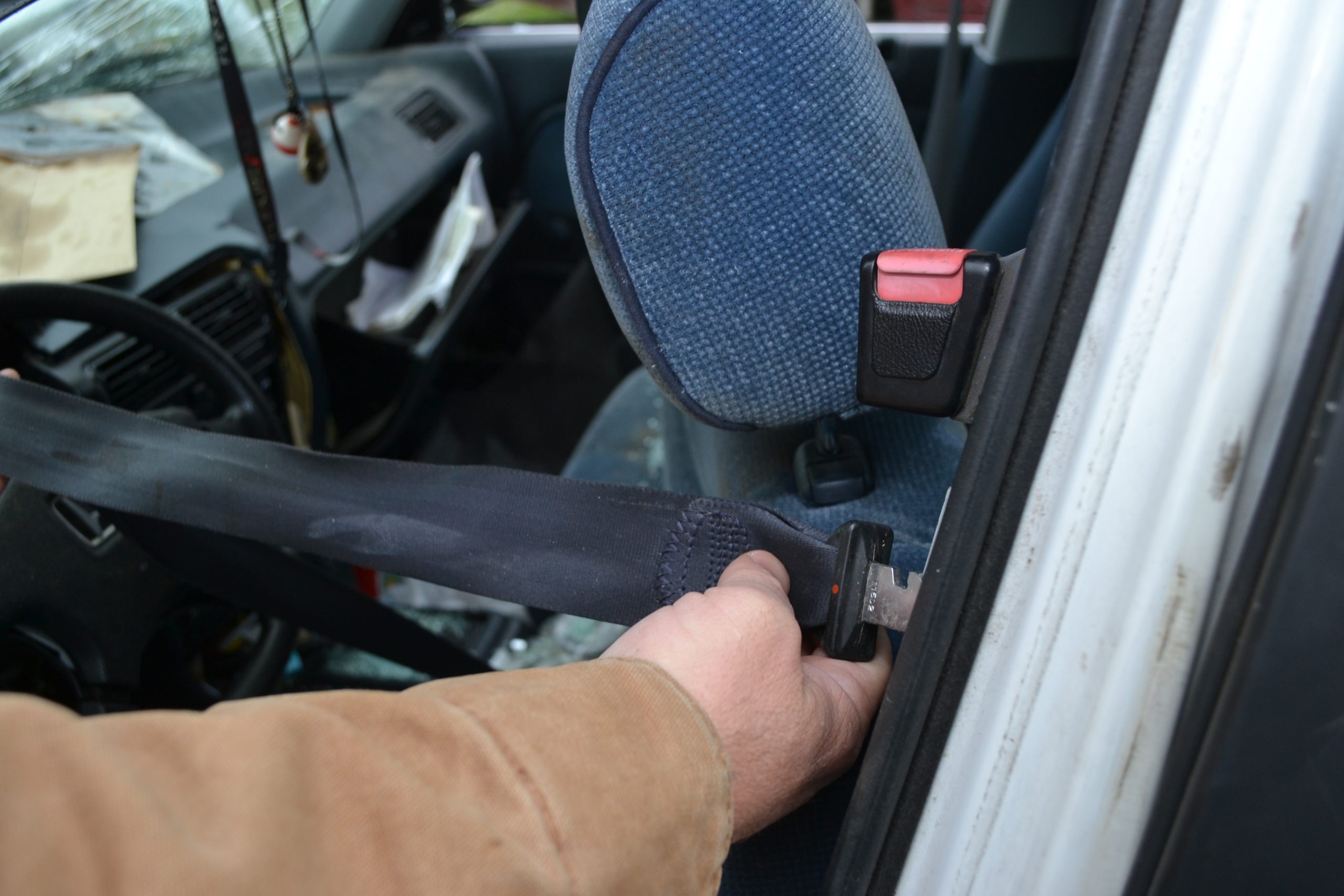Can an unbelted passenger win their Texas car accident case?
Were you injured in a crash where another driver was at fault but you were not wearing a seat belt? If so, you may be wondering if you are allowed to pursue a Texas car accident case to recover your medical bills, lost wages, and other damages. This post examines Texas seat belt laws and how they can alter or eliminate injury claims.
Texas seat belt laws
Under the Texas Transportation Code, Section 545.413, all occupants of a vehicle must wear a seat belt. Further, adults must make sure that any person under 17 years old is belted. Failure to do so is a class C misdemeanor punishable with a $25 to $50 fine.
Texas law does not prevent an injured person from bringing a personal injury claim or lawsuit. However the insurance adjuster and defense attorney will raise the seat belt defense and you may receive no monetary damages.
Although this may seem harsh, because the crash was not your fault so the other driver should have to pay you back for the damage they caused, it makes sense. Seat belts are there to protect vehicle occupants and are of course legally required. Further, the law requires all parties to a suit to mitigate, i.e. lessen, their damages.
The Texas Supreme Court ruled in 2015 in Nabors Wells Services, Ltd. vs. Romero that evidence of seat belt was admissible at trial. A collision occurred in South Texas after a commercial vehicle was making a left turn and a SUV passed it early in the morning. It rolled over three times and several people were ejected. Tragically, one of those people died and the others were seriously injured. At trial, the evidence as to who was wearing his or her seat belt and the conclusions of the insurance company’s expert witness were hotly contested. The plaintiffs were awarded a total of $2.3 million, but that figure was reduced by the 49% fault attributed to the driver. Later, on further review, several of the awards were vacated due to the failures to wear seat belts.
Read more: Supreme Court rules that non use of seat belt admissible at trial
In addition, Texas has adopted a more fair system of modified comparative negligence, along with 32 other states. This means a judge and jury hear evidence regarding the relative fault of all drivers involved in the collision. The amount a person receives is reduced by their percentage of fault. The plaintiff’s failure to wear a seat belt could allow the fact-finder to attribute 50% or more fault for causing or failing to mitigate their injuries. Some states have a strict negligence law that prevents the plaintiff from receiving any damages if he is found even 1% at fault.
Seat belts saves lives
You might think everyone buckles up, but unfortunately up to 10% of people don’t see the need or resent the restriction.
If you are not convinced that you need to buckle up, a new report shows that almost one-half of fatalities happen to motorists who are not belted.
Texas passed the law requiring drivers to wear seat belts 35 years ago. It is hard to believe this wasn’t always required, since they were invented in the early 19th century.
Fortunately, seat belts have reduced our country’s high highway death rate. In 1985, that first year they were required, almost 44,000 people lost their lives in a crash. That number dropped to about 36,500 in 2018. That figure is still extremely high.
Fort Worth and the state have adopted a Zero Vision program where they aim to have no deaths on our highways by the year 2050 or sooner.
When the new law was enacted, many people refused to wear lap belts, the way some refuse to wear masks. But ironically, Texans quickly agreed to wear the belts and were even among the leaders in the country doing this new act. Now we take it for granted that everyone will use safety measures to protect themselves and each other.
Fight for fair compensation
Our law firm has been in a number of battles over this issue. For example, Mr. Berenson represented the family of a man who tragically died due to the negligence of an enormous international business several years ago. Although her police report said that the deceased man was wearing his seat belt, in her deposition the police officer said that he was not. We challenged her testimony, got the court to allow our accident reconstruction expert to inspect his car a second time, proved that the pre-tensioner had tightened and left a mark, and obtained a substantial recovery for his family.
If you or someone you love sustained injuries after a Texas car accident, contact us at 1-888-801-8585 or fill out this short form.




